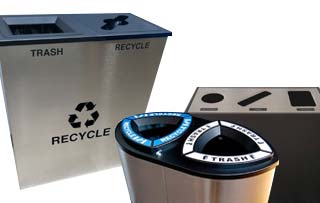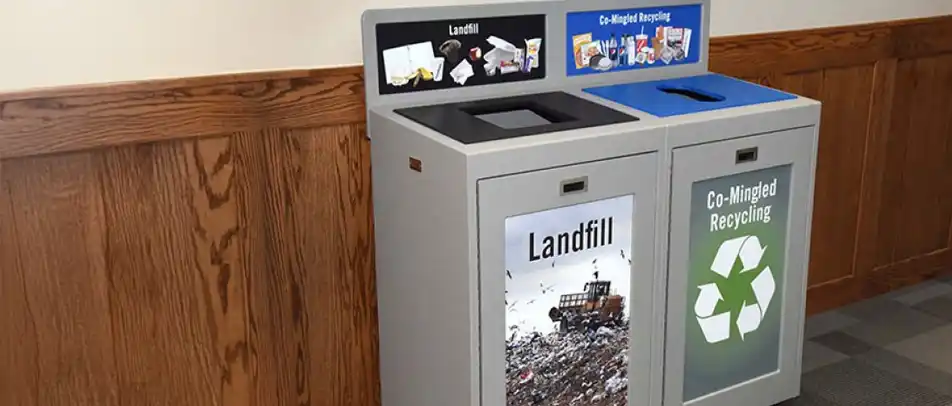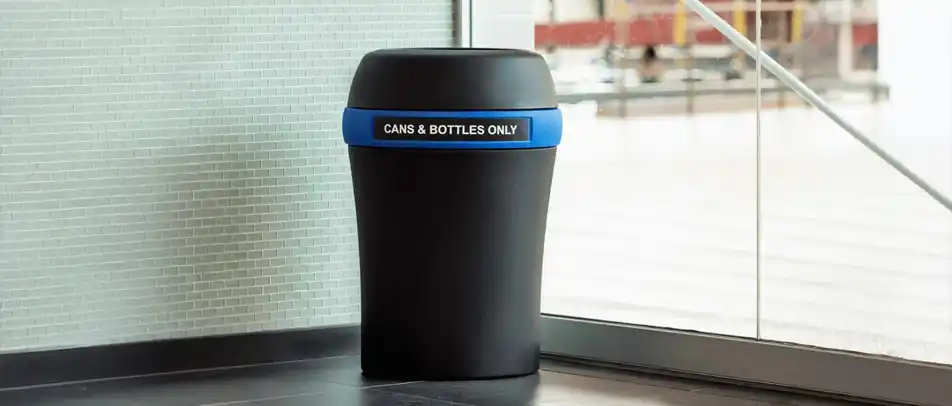
Recycling is not a concept one usually associates with rocket launches. When rockets take off from the pad, each stage flies until it runs out of fuel, and then it is discarded into the ocean. But, for the past year or so, the commercial launch company SpaceX has been experimenting with recovering the first stage of their Falcon 9 rocket.
Instead of allowing the Falcon 9 first stage to fall into the ocean, the engineers at SpaceX put landing legs on them and sent them to land, either on an offshore barge or land, right next to the launch pad.
After a few spectacular crashes, SpaceX got the hang of landing and recovering the first stages of its Falcon 9, ushering in a new era in space travel. The company soon filled a hangar with recovered rockets. It refurbished one of the rockets and fired the engine, which worked as good as new.
Now, according to ABC News, SpaceX has its first customer for a Falcon 9 with a slightly used first stage. One of the company’s oldest customers, SES, has arranged to launch a satellite using a recycled rocket. The launch is scheduled for sometime this fall from Cape Canaveral in Florida.
Why recycle rockets? It turns out that it takes just a few tens of thousands of dollars to refurbish the first stage of a Falcon 9. Building a new first stage takes some tens of millions of dollars. Thus, SpaceX achieves considerable cost savings, which it can pass along to its customers.
























































































 Three Ways to Engage Teams and Clients to Maximize Your Recycling Program Engagement
Three Ways to Engage Teams and Clients to Maximize Your Recycling Program Engagement  How to Integrate Accessibility Into Your Sustainability Planning
How to Integrate Accessibility Into Your Sustainability Planning  Why Park Benches Can Promote Workplace Well-Being
Why Park Benches Can Promote Workplace Well-Being 
